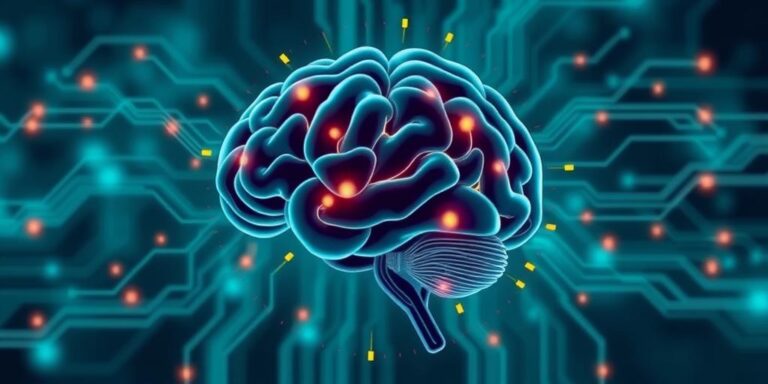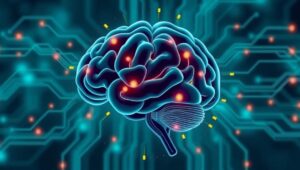Brain-Computer Interfaces and AI: Merging Minds? (2030+)
Brain-Computer Interfaces (BCIs) represent a groundbreaking frontier in technology, poised to revolutionize how we interact with machines and, potentially, augment human capabilities. As we look towards 2030 and beyond, the convergence of BCIs and Artificial Intelligence (AI) promises profound advancements, raising both excitement and ethical considerations.
What are Brain-Computer Interfaces?
At their core, BCIs are systems that establish a direct communication pathway between the brain and an external device. These interfaces can be invasive, requiring surgical implantation of electrodes, or non-invasive, using sensors placed on the scalp. The primary goal is to translate neural activity into commands that can control computers, prosthetics, or other devices.
Current State of BCI Technology
Today, BCIs are primarily used in medical applications. They enable individuals with paralysis to control prosthetic limbs, navigate wheelchairs, and communicate through typing interfaces. Research is also underway to use BCIs for treating neurological disorders such as epilepsy and Parkinson’s disease.
Key applications include:
- Medical Rehabilitation: Restoring motor function after stroke or spinal cord injury.
- Assistive Technology: Providing communication and control for individuals with severe disabilities.
- Neuroscience Research: Gaining insights into brain function and neural processes.
The Role of AI in Advancing BCIs
AI is crucial for enhancing the capabilities of BCIs. Machine learning algorithms can analyze complex brain signals, filter out noise, and accurately decode user intentions. AI algorithms can also adapt to individual brain patterns, improving the efficiency and reliability of BCIs over time.
AI contributes to BCIs in several key ways:
- Signal Processing: AI algorithms can filter and interpret noisy brain signals with greater accuracy.
- Adaptive Learning: Machine learning models can adapt to individual brain patterns, improving BCI performance over time.
- Predictive Modeling: AI can predict user intentions based on neural activity, enabling faster and more intuitive control.
Potential Applications in 2030+
Looking ahead, the integration of BCIs and AI could unlock a wide range of applications beyond healthcare:
- Enhanced Human Performance: BCIs could augment cognitive abilities, such as memory and attention, leading to improved learning and productivity.
- Seamless Human-Machine Interaction: Direct neural interfaces could enable more natural and intuitive control of devices, from smartphones to complex machinery.
- Virtual and Augmented Reality: BCIs could enhance immersion in VR/AR environments by directly linking brain activity to virtual experiences.
- Communication: Imagine directly sending thoughts and emotions to others without the need for spoken language.
Ethical Considerations and Challenges
While the potential benefits of BCIs are vast, they also raise significant ethical concerns:
- Privacy: Protecting sensitive brain data from unauthorized access and misuse.
- Autonomy: Ensuring that users retain control over their thoughts and actions when using BCIs.
- Equity: Addressing potential disparities in access to BCI technology and its benefits.
- Security: Guarding against malicious attacks that could manipulate brain activity or steal information.
The Future of BCIs and AI
The convergence of BCIs and AI holds immense promise for transforming healthcare, enhancing human capabilities, and revolutionizing how we interact with technology. However, realizing this potential requires careful consideration of ethical implications and proactive measures to ensure responsible development and deployment.
As we move closer to 2030, ongoing research, collaboration, and open dialogue will be essential to navigate the complex landscape of BCIs and AI, paving the way for a future where these technologies are used to benefit all of humanity.




